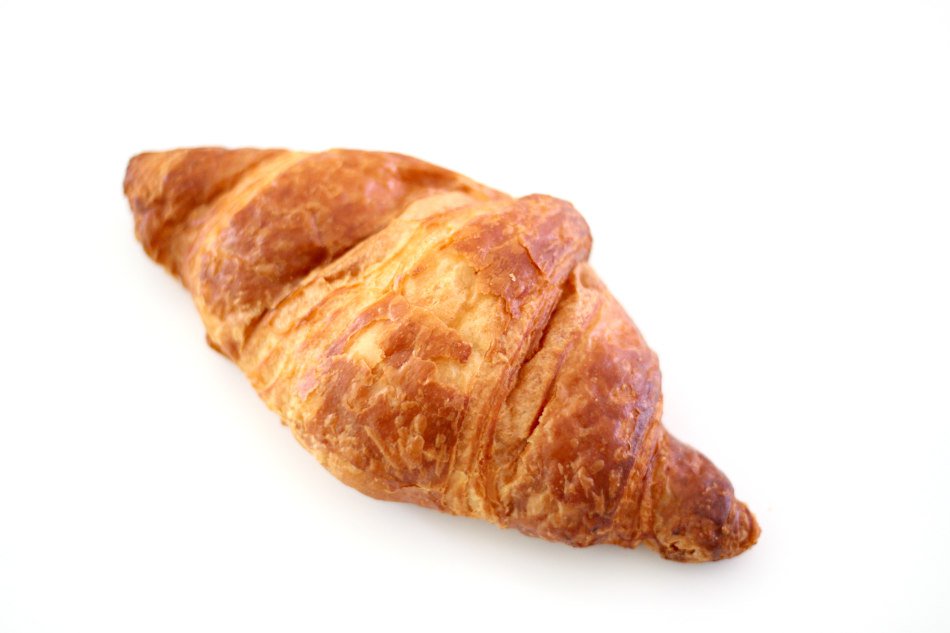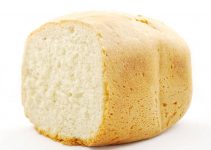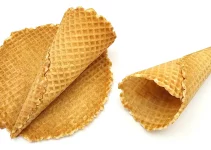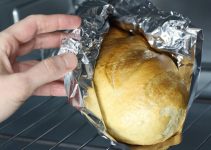
When it comes to exactly quantifying the number of pastry types, things can get a bit confusing.
So, we’ll just have to see at the end the exact number of pastry types that I have included in this article.
What I’m actually interested in is talking about the different types of pastry, those that are the most popular and what you should know about them.
Contents
Two Main Pastry Types
The first classification for pastry types is actually very simple:
- sweet pastry – eclairs, cream puffs, sweet buns, cinnamon rolls, pies, macarons, tarts, cannoli, baklava, bear claw, croissant, churros, apple turnovers (or with other fruit fillings), etc.
- savory pastry – sausage rolls, quiches, savory pies (usually filled with meat), samosa, etc.
Just by enumerating some of the most famous types of pastry for both the sweet and savory categories, you get a good idea about what the word pastry vastly encompasses.
What these two categories tell me is that I’m actually good with making the savory type, samosa being at the top of my list. And I’m proficient at buying absolutely all the sweet ones.
I think we are all a bit scared when it comes to making pastry at home. A lot of us end up going for the ready made pastry.
Types of Pastry Dough
Another way to classify the different pastry types is by actually talking about the different types of pastry dough.
Talking about these different types of dough will actually make you see the wonderful world of pastry more clearly.
Most of these don’t use yeast. But a large majority use a lot of butter.
Flaky pastry
Let’s begin with the basic type of pastry.
The flaky dough is very common and it’s mainly used for sausage rolls, quiches, turnovers, strudels, and savory pies.
It’s quite easy to make and pretty much anyone can handle following the instructions, even those with not much experience in the kitchen.
There’s one thing to keep in mind before attempting this one: overworking the dough will lead to crumbly pastry. It needs colder temperatures in the kitchen and gentle handling.
I found a pretty good recipe here.
The ingredients needed are: a lot of butter, all purpose flour, a bit of salt, cold water, and a bit of sugar if you make a sweet dish.
Puff pastry
If you ever searched for mille feuilles recipes, you have come across the very crucial step where you need to make puff pastry.
But it can also be used for savory pastry.
It’s a French dough and I think that this one is on another level.
It’s buttery, light, flaky, and delicate.
When it comes to making a dough with those characteristics, it can take a bit of time.
Most recipes for puff pastry imply a lot of measuring, chilling, rolling, and folding. Even mentioning that is enough to understand that making this dough will take time.
If you want a very simplified recipe where a lot of steps have been cut down, you can check it out here. It utilizes all-purpose flour, salt, cold water, and a lot of unsalted butter.
Danish pastry
This one is actually another variant of puff pastry, just like croissants are.
It’s also multilayered but sweeter than puff pastry. Making Danish also requires yeast and eggs. The result is denser, sweeter, and fluffy.
Pie crust
Making a pie crust is easier when compared to the other pastry types.
It’s a type of dough that’s more resilient, even when it’s overworked. There are no major mistakes that you can make.
Since it’s used for making all kinds of pies, it’s a lot more sturdy since it has to support a lot of filling.
But it shares the same main ingredients with all the others: all purpose flour, butter, cold water, a pinch of salt, and a bit of sugar (optional).
If you want to make the job easier, use a food processor to make the dough.
There’s also another type of pie crust – the sweet pie crust that’s called shortcrust pastry. It’s mainly used for tarts.
Choux pastry
This one can actually be called a thick and sticky paste, in terms of composition it fits between dough and batter.
This paste is actually made on the stovetop, the batter is beaten until it thickens. It doesn’t sound too simple, you can check out a recipe here.
The baked result is an airy, light, and crisp pastry that is used for eclairs, cream puffs, profiteroles, and even the amazing churros.
It’s like a crust with not much inside but still absolutely amazing and perfect for filling all that empty space with delicious creams.
The additional ingredient that choux pastry requires is eggs. So, the basic ingredients are flour, water, butter, and eggs.
French pastry bread
When we’re mentioning sweet French bread, this type of pastry includes:
- brioche – similar to bread but sweet with plenty of butter and eggs, we also call them enriched breads because the recipe requires additional ingredients besides the basic water, salt, yeast, and flour
- cinnamon rolls – is another pastry that’s a rich bread with a very soft crumb, it’s a yeast dough made with eggs and butter but the dough is also layered with cinnamon sugar and topped with cream cheese
Filo pastry
Filo dough can also be called phyllo dough. It’s mainly characterized by its light and crumbly texture.
This is the one that we’ve all heard of but not a lot of us have actually attempted making it in our kitchen.
I love looking at videos on YouTube, watching experts make filo pastry so thin that you can see through it. And it still doesn’t break, even when it’s a huge sheet of razor thin dough.
The most famous dessert for which filo dough is used for is baklava. For me, this dessert kind of holds the crown, it’s just addictive.
But it can also be used for making savory dishes, like phyllo pies and the famous spanakopita.
It’s also one of the few pastry types that doesn’t require butter, it contains no fat, except a light brushing of either melted butter or oil.




